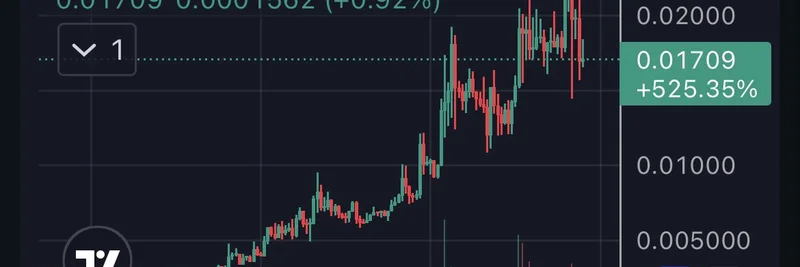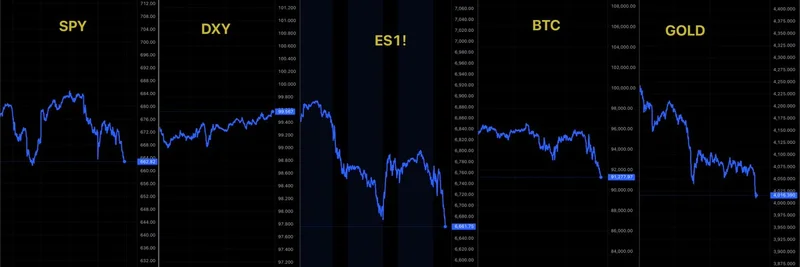In the fast-paced world of crypto and blockchain, where hype often outpaces real-world delivery, GEODNET stands out by actually shipping hardware. Recently highlighted in a DeAI and robotics roundup by @0xSammy, GEODNET announced the completion of its first batch of U.S.-manufactured satellite mining stations. This isn't just another token pump story—it's about building the infrastructure that could power the next wave of robotics.
For those new to the space, GEODNET is a Decentralized Physical Infrastructure Network (DePIN) project focused on creating the world's largest Real-Time Kinematic (RTK) network. RTK is a GPS enhancement technology that provides centimeter-level accuracy for location data, crucial for applications like autonomous vehicles, drones, and robotics. Their $GEOD token incentivizes participants to set up and maintain these satellite miners, rewarding them based on location proof and accuracy.
The tweet from GEODNET emphasizes this real-world progress: "In a sector full of narratives, @GEODNET is one of the few actually deploying infrastructure, manufacturing hardware, and powering real robotics systems today. Robotics boom is coming, and real infrastructure is finally getting the attention it deserves." It's a repost of Sammy's comprehensive update on DeAI trends, where GEODNET's milestone was spotlighted alongside other big moves like Tether's potential investment in robotics and Chainlink's expansions.
This image from the original post captures the ecosystem's vibrancy, featuring logos from projects like GEODNET, Bittensor ($TAO), and even some meme-inspired ones like Pepe, showing how DeAI blends serious tech with crypto's playful side.
Why does this matter for meme token enthusiasts? While $GEOD itself is a utility token with solid fundamentals—currently trading around $0.14 USD according to CoinMarketCap—projects like this often inspire meme communities. Think about how DePIN narratives can go viral, turning infrastructure plays into cultural phenomena. Plus, in Sammy's roundup, we see mentions of tokens like $GAIB, which tokenizes AI infrastructure including robotics, blending real-world assets (RWA) with crypto hype.
Community reactions on X echo the excitement. One user quipped about potential collaborations with $THETA, while another posted a fun "Mr. Roboto" GIF, capturing the robotic theme perfectly. As more satellites launch and robotics adoption grows—think Waymo's robo-taxis expanding—GEODNET's network could become indispensable, potentially driving $GEOD's value through genuine utility rather than just memes.
If you're into meme tokens but want exposure to projects with actual traction, keep an eye on GEODNET. It's a reminder that in crypto, the best stories are those backed by real builds. Head over to geodnet.com to learn how to get involved, from buying a miner to earning tokens. The robotics revolution is here, and GEODNET is laying the groundwork—one satellite station at a time.




